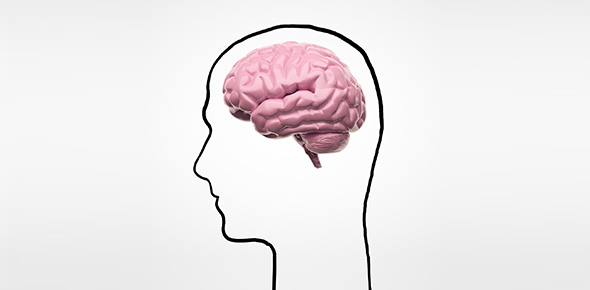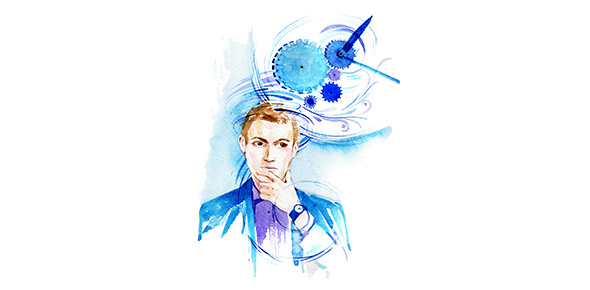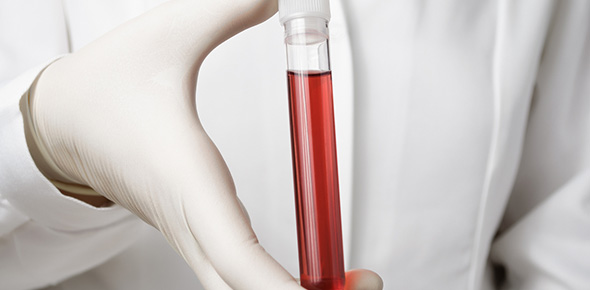Related Flashcards
Related Topics
Cards In This Set
| Front | Back |
|
83% of brain volume, R & L cerebral hemispheres separated by longitudinal fissure and connected at bottom by the corpous callosum, surface covered with gyri and sulci
|
Cerebrum
|
|
Posterior portion below cerebrum, 10% of volume but 50% of the neurons, Brainstem; connects to the cord, contains the diencephalon (thalamus, hypothalamus, epithalamus), midbrain, pons and medulla oblongata
|
Cerebellum
|
|
Neural cell bodies, dendrites and synapses, forms surface layer called cortex over cerebrum and cerebellum and forms deeper nuclei
|
Grey Matter
|
|
Mostly deeper, contains nerve tracts
(axon bundles).
|
White Matter
|
|
Continuous with spinal meninges, same layers and spaces are present except the cranial dura mater has two layers which are fused except where they separate to enclose the dural venous sinuses (venous chambers); there is no epidural space
|
Meninges
|
|
(venous chambers), drain venous blood from the brain and return it to the internal jugular veins
|
Dural venous sinuses
|
|
Largest are 2 lateral ventricles
connect via interventricular foramen to the
third ventricle connected via the cerebral
aqueduct to the fourth ventricle (between
pons and cerebellum) it narrows forming the
central canal that passes through the medulla
and down center of the spinal cord.
|
Ventricles
|
|
Fills ventricles and canals, bathes the brain, about 500ml produced daily, 100 to 160mL present at a time, formed in the subarachnoid space, ependymal cells of ventricles and choroid plexuses, contains more Na and Cl, less K, Ca and glucose than plasma and little protein
|
Cerebrospinal Fluid
|
|
Need to know name and number of nerve, function of nerve, and clinical test of the nerve
|
Know from chapter 14 cranial nerves
|
|
A network of capillaries in the walls of the ventricles covered with ependymal cells that formed from blood plasma by filtration
|
choroid plexuses
|
|
Reabsorbed;
|
Arachnoid villi
|
|
Functions;
|
Buoyancy
|
|
Allows brain to have a functional weight of about 50 vs 1,500 grams
|
Buoyancy
|
|
Acts as shock absorber
|
Protection
|
|
Regulates chemical environment, removes wastes
|
Chemical Stability
|







